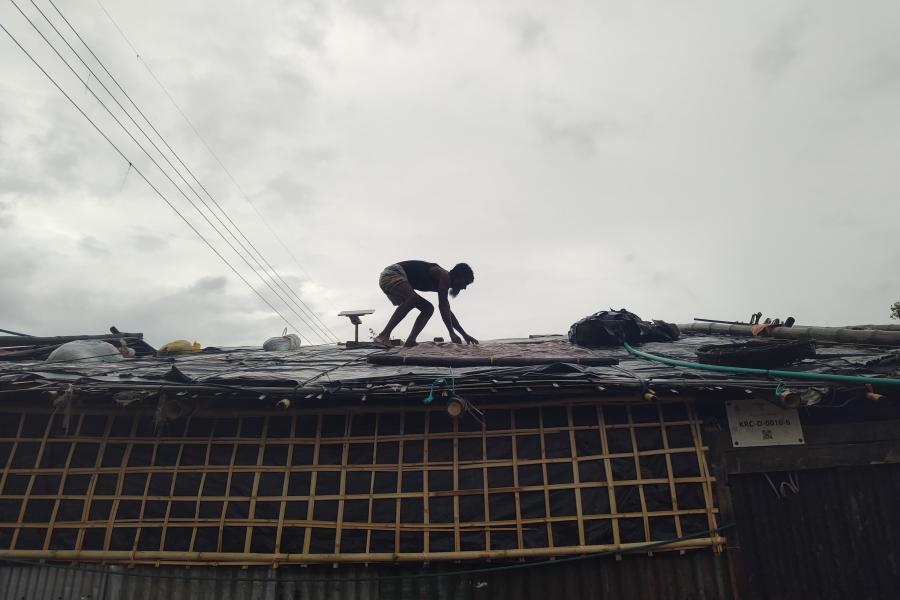Global Appeal 2025 | Regional Overview
Humanitarian crises in the Asia-Pacific region are expected to increase in scope, scale and complexity in 2025, while decreasing donor funding will not keep pace with the rising needs. In 2025, UNHCR will seek the fulfilment of over 150 pledges made at the Global Refugee Forum, including more than 60 from States committing to enhance protection and solutions, especially for Afghan and Rohingya refugees.
To read more about UNHCR’s planning for 2025 in Asia and the Pacific, please download the regional overview PDF.
Populations
figures
Note: The "Stateless" category does not include stateless people who are also in other categories, to avoid double counting. The total number of stateless, across all categories, is .
Source: UNHCR Refugee Data Finder.
Population by country
Source: UNHCR Refugee Data Finder.
Population by origin
Source: UNHCR Refugee Data Finder.
Financials
Select Operation
Budget by Impact Areas
Budget information for the current year is updated monthly, while budget and expenditure information for all other years are final.
Budget by Outcome and Enabling Areas
Budget information for the current year is updated monthly, while budget and expenditure information for all other years are final.
Budget by operation
Budget information for the current year is updated monthly, while budget and expenditure information for all other years are final.






